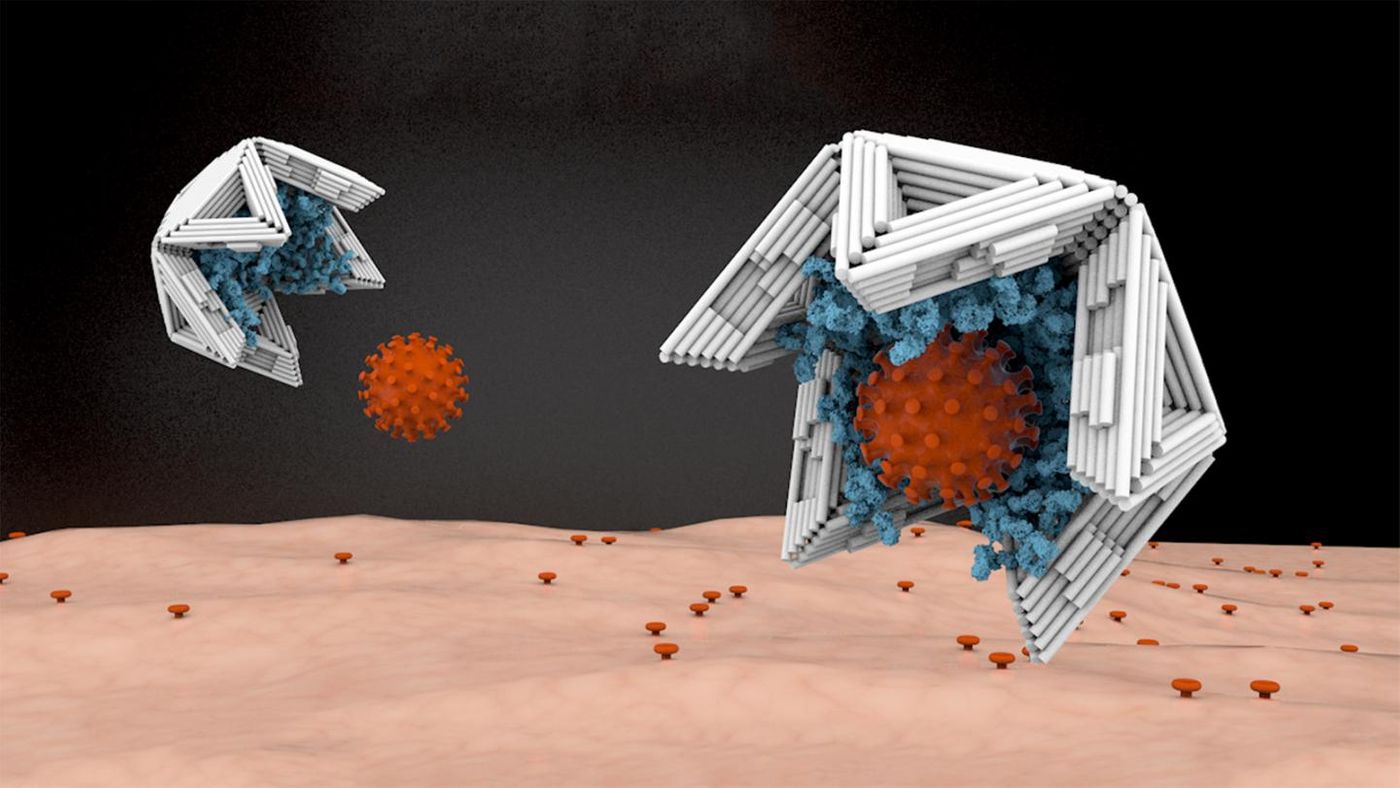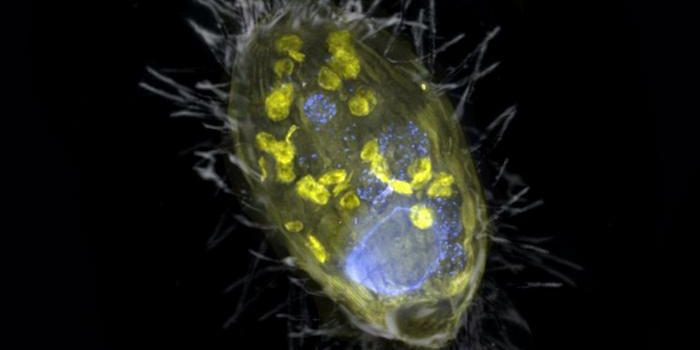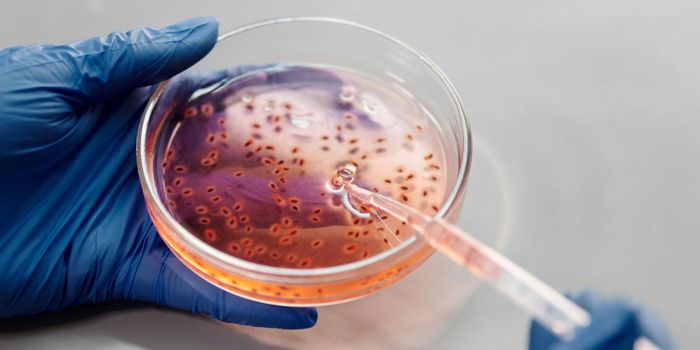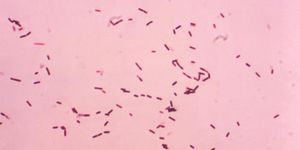Viral infections are difficult to treat - antibiotics only work against bacteria - and there are few effective antibodies or drugs for many viruses. There are some vaccines, but they have to be designed especially for specific viruses. Now researchers are developing a nanocapsule made of DNA origami that can surround and neutralize viruses. This work, which was reported in Nature Materials, has been tested in a cell culture model and has been effective against hepatitis and infectious but benign adeno-associated viruses.
DNA molecules can be folded into two- and three-dimensional structures. Binding sites can be designed with a high degree of precision at the nanoscale to create various complex shapes; the technique is known as DNA origami, and researchers have been refining and tinkering with it for about 15 years.
The research team of Hendrik Dietz at the Technical University of Munich (TUM) had been working for several years to create hollow structures based on the capsules that surround viruses. They wondered whether they could be used to entrap viruses.
"None of the objects that we had built using DNA origami technology at that time would have been able to engulf a whole virus; they were simply too small," noted Dietz. "Building stable hollow bodies of this size was a huge challenge."
In this work, the researchers began with an icosahedral shape, which has 20 sides. The researchers began to engineer hollow bodies as a virus trap using three-dimensional, triangular plates. The edges of these DNA plates have to be beveled slightly, and binding points ensure they self-assemble properly. The team was able to create spherical structures and half shells that are lined with virus-binding molecules, and can trap viruses.
"Even a simple half-shell of the right size shows a measurable reduction in virus activity," said Dietz, who is a Professor of Biomolecular Nanotechnology at TUM. When the traps were tested against viruses, they were effective. "If we put five binding sites for the virus on the inside, for example suitable antibodies, we can already block the virus by 80 percent, if we incorporate more, we achieve complete blocking."
Now, the traps will have to be tested for safety and efficacy in a mouse model. "We are very confident that this material will also be well tolerated by the human body," said Dietz.
"Bacteria have a metabolism. We can attack them in different ways. Viruses, on the other hand, do not have their own metabolism, which is why antiviral drugs are almost always targeted against a specific enzyme in a single virus," explained study co-author Professor Ulrike Protzer. "Such a development takes time. If the idea of simply mechanically eliminating viruses can be realized, this would be widely applicable and thus an important breakthrough, especially for newly emerging viruses."
The materials that are required to make these virus traps are not prohibitively expensive either. They may also have other applications, like a delivery system for gene therapy or drugs, noted Dietz.
Sources: AAAS/Eurekalert! via Technical University of Munich (TUM), Nature Materials









